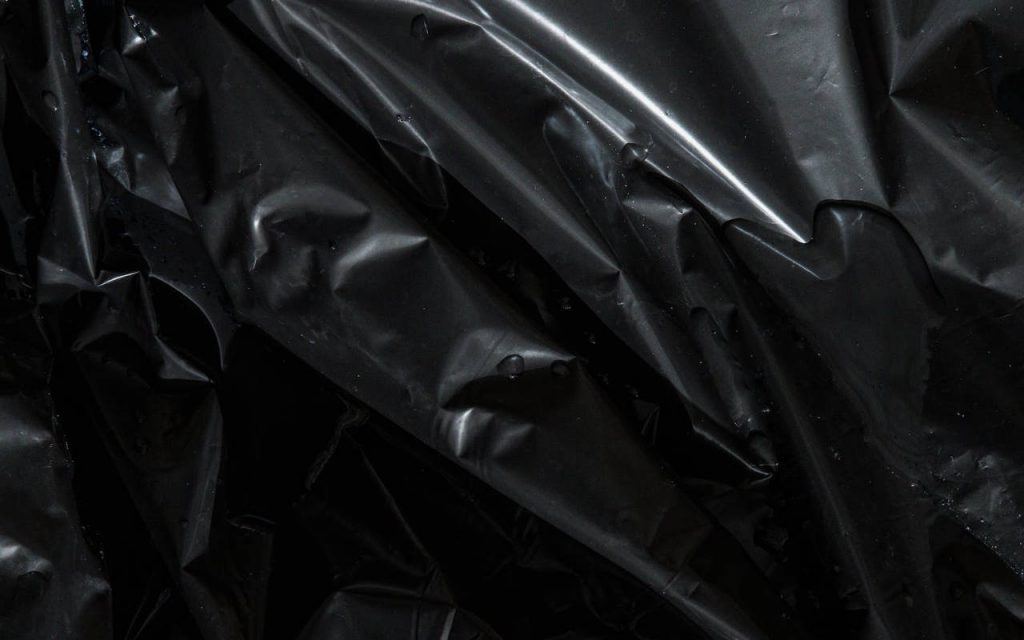Polythene is super useful behind the scenes in logistics, and as a secondary packaging material for sensitive items. But it’s also an excellent primary packaging solution.
Sometimes, the product needs to be the star of the show, not the packaging – and that means your packaging has to practically disappear. So, just how clear is polythene for packaging?
The short answer: LDPE has a visible light transmittance of 80%. For comparison, high clarity glass transmits 92% of visible light.
But the final apparent transparency of polythene depends on several factors. Getting the right balance of clarity, utility and strength takes some expertise, but it is possible to achieve exceptionally high clarity polythene for certain packaging situations.
While LDPE is the clearest type of polythene for packaging, used for high clarity, clear polythene bags and sheeting, it might not always be the best solution – especially if you need the polythene to have certain attributes besides transparency.
Let’s take a closer look at what affects polythene clarity, and the knock-on effects they can have.

Factors that affect polythene clarity
Virgin polythene ranges from near transparent to opaque – with the most important factors being polythene density and material thickness. But other factors play an important role, too. If high clarity polythene is a priority, then you’ll have to consider the following factors in order to achieve it.
Polythene density
Polythene density has the greatest impact on clarity – and the wrong type will never achieve good transparency. LDPE (low density polythene) has the highest clarity of any polythene, because it has fewer crystalline structures in its makeup than other types of polythene. It can be close to full transparency at narrow gauges, but that might not be strong enough for certain packaging solutions.
MDPE (medium density polythene) has a noticeably lower level of transparency – but it can still achieve a good level of clarity at narrow gauges. This makes it a good stand-in for LDPE that wouldn’t otherwise be strong enough at the required gauge.
HDPE is the most naturally opaque type of polythene. HDPE doesn’t have the required clarity to achieve transparency at practically any gauge, due to the polymer structures formed when cooling which scatter visible light. HDPE has an 80% crystalline structure, which reduces light transmittance – but new technology could be changing this (read on to find out more).
Material thickness
Thickness is the next most important factor for how clear polythene can be.
Learn more – Polythene thickness chart
At thicker gauges, all polythene loses clarity. LDPE still has some translucency in even heavy duty thicknesses, but it’s certainly not what you’d call “crystal-clear”. Narrower gauges are clearer, but that comes at the expense of strength.
Additives
Of course, polythene can be made fully opaque with additives, or turned into coloured polythene. However, if you need transparency, it’s worth noting that some practical additives can impede clarity – and the performance of the plastic, too. On the flipside, glossing agents and clarity enhancements can be added to the polymer blend. These still impact other properties, but if clarity is a priority then this might not be an issue.
Recycled content
Recycled polythene has a greyish tint, and appears cloudy at higher gauges. It’s not as noticeable in very light duties – and on the plus side, using a 30% recycled blend will avoid paying PPT.
New technology for crystal-clear polythene
Professors at the University of Warwick and Queen Mary University of London have created a crystal-clear polythene film that’s stronger than aluminium – at a fraction of the weight.
This could change the world in so many ways; imagine unbreakable windshields that weigh grams, not kilos – or ultra-clear packaging, at any gauge.
The glass-like, high strength polyethylene films were created by tuning the drawing temperature of the polymer, and carefully selecting the type polythene used. At present, the process required HDPE, drawn within a broadly controlled temperature range of 90ºC to 110ºC, to achieve a clarity of 90% in the visible spectrum.
We’ll have to wait and see what this new process brings to the world of packaging – but this exciting development just goes to show how much more we have to learn about polythene as a material!
Order high-clarity polythene bags for packaging
Looking for high clarity bags for product packaging? NPF’s clear polythene bags can be made with custom polythene blends, and can achieve extreme clarity – perfect for product packaging. Get a quote now, or call us on 01773 820415 to start designing your own polythene packaging.


